Blog
Peace in the Korean Peninsula: Conversations with Locals

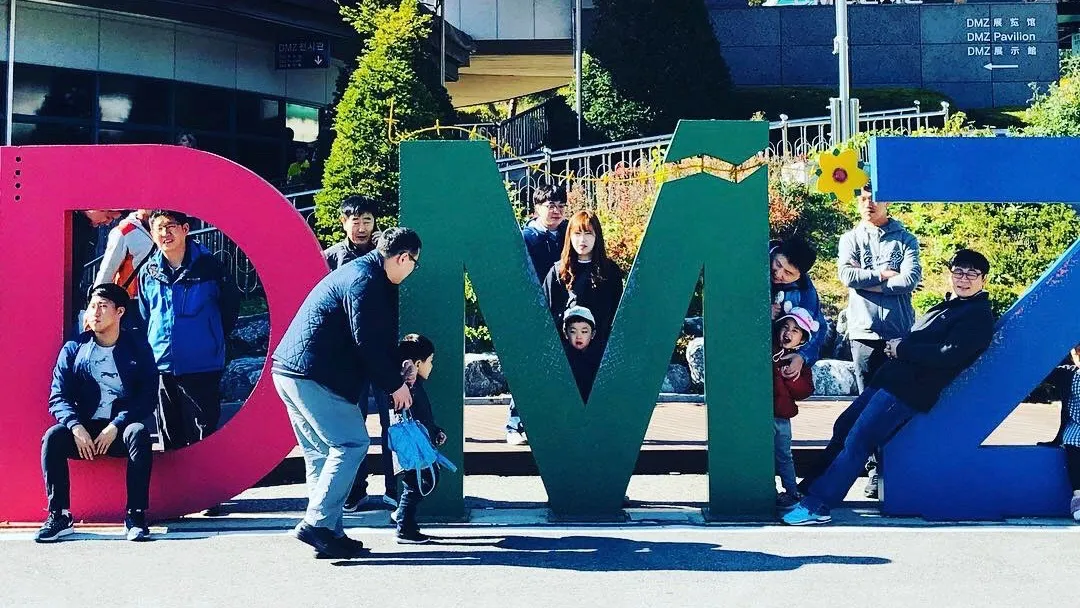
Peace in the Korean Peninsula: Conversations with Locals
October 26, 2018
I knew little about the history of the Korean peninsula and the conflict between the North and the South before arriving in Seoul. A solid two weeks of self-directed study via conversations with locals, a visit to the demilitarized zone (DMZ) and a tour of the War Memorial of Korea, provided a great foundation and a need to share what I learned.
The day after I landed, I booked a half day tour to the DMZ. A tour of the Joint Security Area (JSA) was not possible as the area is closed indefinitely while both parties follow through on their agreement to remove landmines in the DMZ territory. A South Korean guide led our DMZ tour. He also doubled as translator for the North Korean defector who accompanied us, who escaped North Korea 13 years ago at the age of 32. Throughout the journey, both shared their perspectives on North Korea. Coincidentally, I recently started reading The Girl with Seven Names by Hyeonseo Lee, a riveting memoir of a North Korean defector and her terrifying journey to freedom at the age of 17. Not only are both narratives fascinatingly congruent with one another, but they also highlighted how superficial our knowledge is in the US on this topic.
North and South Korea are polar opposites. If you’re like me and need a high-level background on the history of the region, the organization Liberty in North Korea provides a poignant overview of the tragic events that led to present day. Roughly 27 million people live in North Korea, a region isolated and oppressed for more than 100 years since the Japanese colonization in 1910. Around 50 million live in South Korea, a region that not only recovered from the Korean War, but is now a thriving democracy with a distinct culture and global footprint. In her memoir, Hyeonseo Lee describes a twisted irony – that she learned throughout her childhood how America had destroyed all hopes of prosperity for the destitute people of South Korea. In fact, the students would regularly pray for their neighbors. For a long time, such propaganda was easy to spread as the North had no access to information outside of their small universe. Fortunately, restrictions on such access have become increasingly difficult for the regime to keep up today.
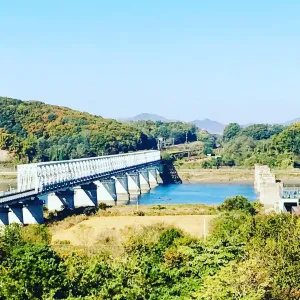
North Korea survives on a system of corruption. Ironically, this system, pioneered by its own government, has enabled vast underground economic growth for its people through marketization, without which many would not survive. Every year, an estimated 3,000 North Koreans risk their lives to cross the border illegally to escape life under the regime. A supportive infrastructure involving missionaries, aid workers and brokers ease their escape, most commonly through the eastern border into China. Some stay in China while others find their way to South Korea or bordering southeast asian countries. Today, there are roughly 30,000 North Korean defectors living in South Korea.
North Korea has a well-prescribed political caste system called Songbun. Political loyalty drives social status. And political disloyalty is severely punishable. Our defector shared that if she were to return to North Korea, her punishment would most likely be the death penalty.
Drug addiction is an epidemic in North Korea that has become a cultural norm. The government is the primary manufacturer and supplier of illicit drugs, which it exports across borders for profit, and distributes to its own people. Our guide described how the government supplies drugs, such as crystal meth, to workers to increase their productivity. He estimated about 2 million people suffer from drug addiction in North Korea. Other sources put the number at a higher rate. North Korea is basically one big organized crime unit with Kim Jong-Un being the big bad mob boss.
The jury is out on the trustworthiness of Kim Jong-un. He came into power seven years ago after the death of his father, Kim Jong-il. Perceptions of him in the South vary depending on who you ask. My tour guide believes he’s not as bad as originally thought, that he actually wants modernization and peace, but also admits that he wants to ensure power – two competing priorities. Others would only go so far as to say that he seems different from his father and grandfather but still doubts his intentions and trustworthiness.
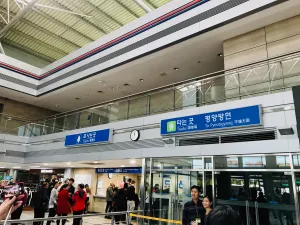
The power of the North Korean people is grossly underappreciated. Over time, grass roots movements among the people of North Korea continue to grow with unofficial market economy making steady progress. This has presumably given rise to increasing fears of instability and loss of control by the regime. This is one of several likely drivers for Kim Jong-un’s willingness to “engage” in global talks. While it’s easy to believe that the US and its allies are the major force behind the changing tide, it feels as though we are grossly underestimating the power of the North Korean people. If it wasn’t for their survivalism and resilience, the door would never have opened.
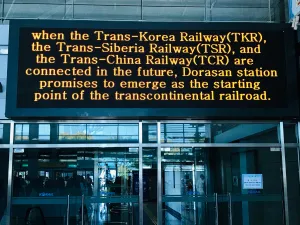
Nonetheless, how this tragic story will unfold is as much a mystery to South Koreans as it is to its neighbors around the globe. The few with whom I’ve spoken are hesitant to predict an outcome, citing the Northern leader’s unpredictable intentions. In general, they remain cautiously optimistic.
One thing is for sure and that is even if peace between the two countries is near the horizon, it will take generations to undo the systemic oppression imposed on the people of the North from decades of tyrannical rule.
Discover more from diannajacob.com
Subscribe to get the latest posts sent to your email.
Recent News

About Dianna
May 29, 2024

On Being Single and Child-Free
July 31, 2022
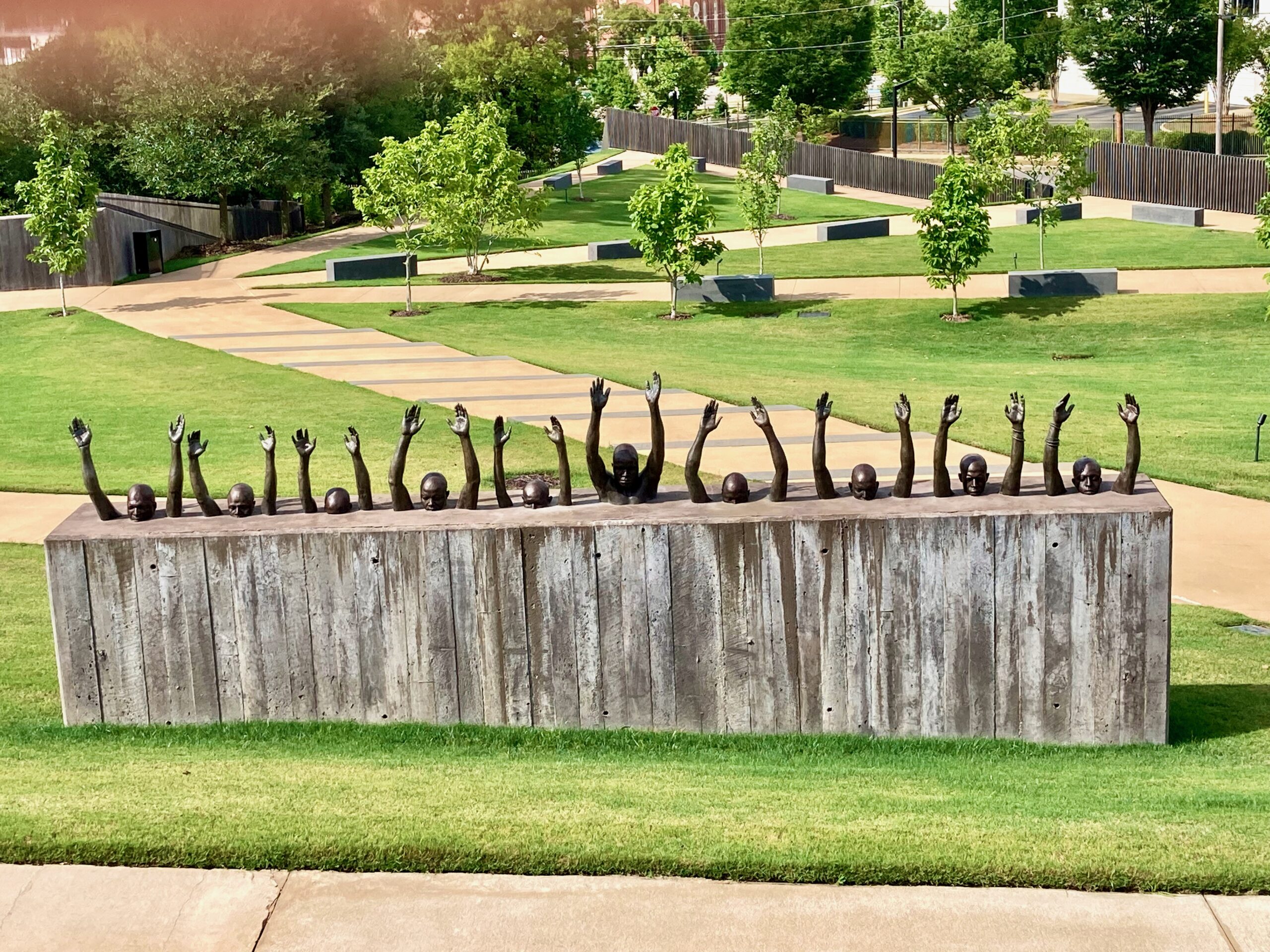
Relearning American History: A Self-Guided Tour of the South
July 7, 2021

Racism: A Global Pandemic
June 8, 2020
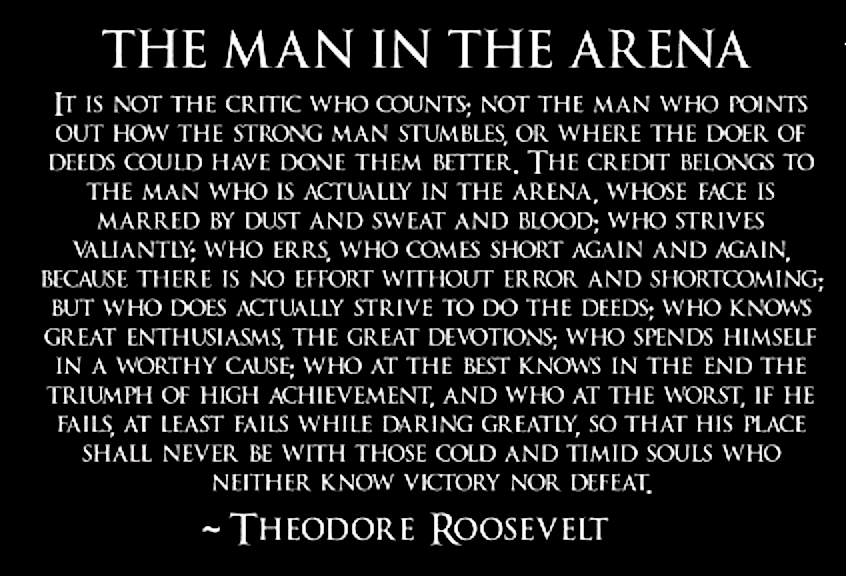
Daring Greatly
August 23, 2019
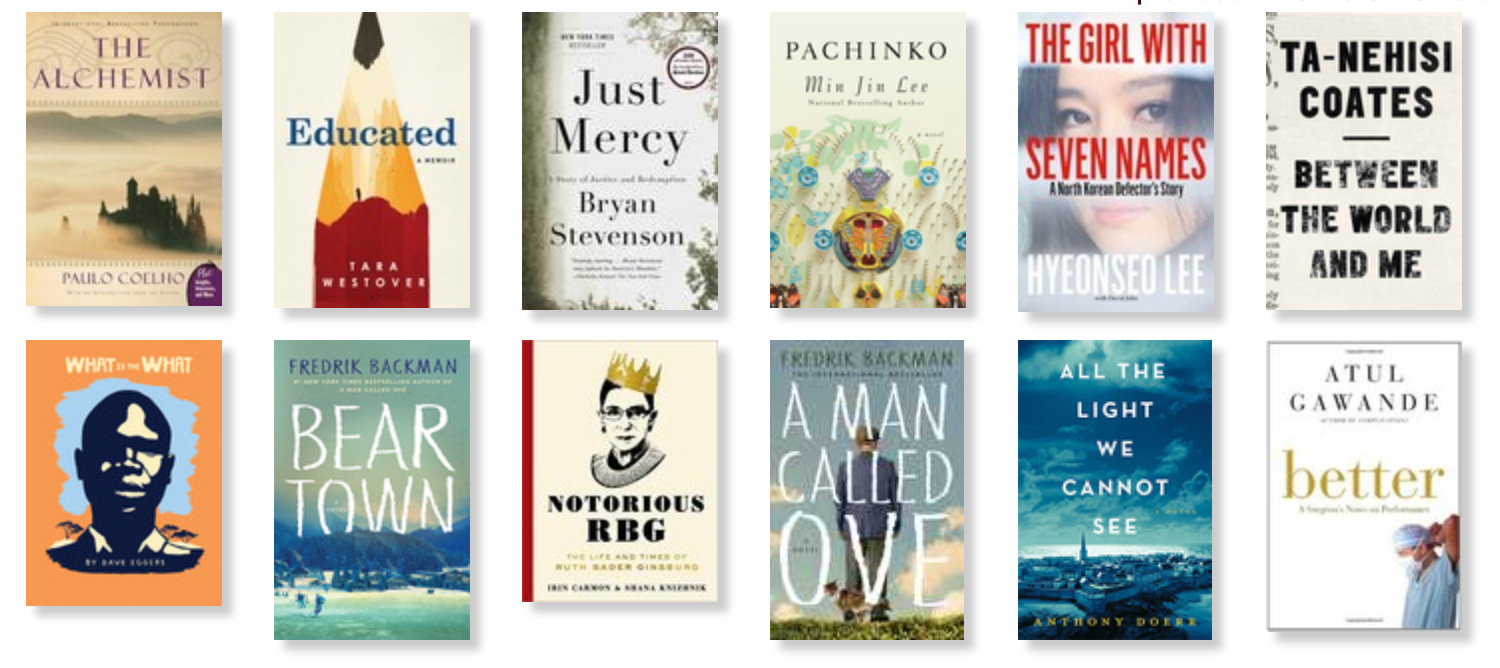
Becoming a Better Me
January 10, 2019


